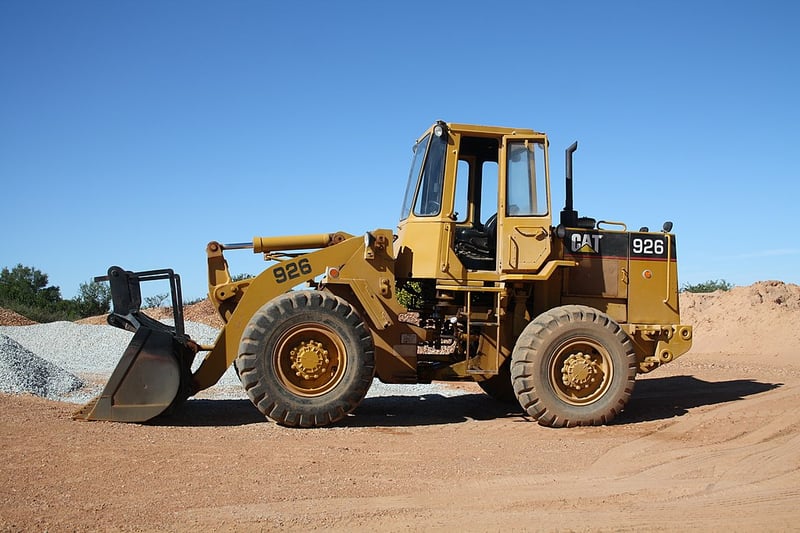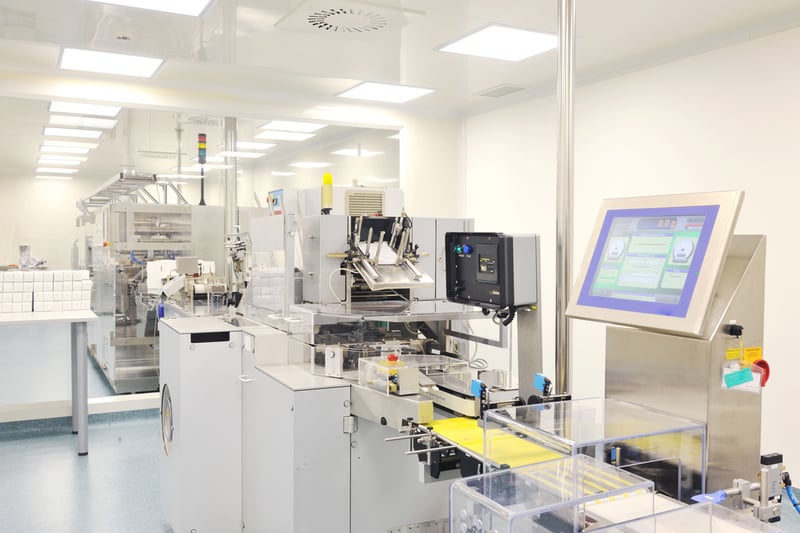
When it comes to defining the term “assets” there are so many different types that it can be difficult to understand which belong in the various categories that appraisers are familiar with and can value based on their credentials and experience. Machinery & Equipment (M&E) appraisers have, by far, the broadest array of varying property types for which they may be capable of valuing.
The clear exceptions for M&E appraisers would be intangible assets, such as a company’s overall goodwill, customer lists, trademarks, patents, domain names, and the like; and real property, most commonly viewed as buildings, land, and their associated improvements. Other areas where different kinds of expertise are required would be gems and jewelry, fine art, antiques, and other collectible types of property.
Beyond these obvious distinctions, the vast majority of all other tangible assets could potentially fall under an equipment appraiser’s purview. Here are some examples that you might not have considered:
Tangible Personal Property
This is a very broad term that is intended to primarily distinguish an individual’s ownership vs. a business. Therefore, many of the asset types are the same as what an equipment appraiser would see in a company machinery appraisal. Items such as furniture, audiovisual equipment, trucks, automobiles, hobby shop equipment, and appliances are a few of these asset types.
FF&E
This term stands for furniture, fixtures & equipment. It is often considered a “catch-all” term that groups a company’s office equipment, such as printers & computers, as well as furniture, including desks, chairs, and filing cabinets together under one common category. Fixtures refer to those items that are removable properties and thus not considered a building improvement.
On-Hand Inventory
A company’s raw materials, finished goods, spare parts, tooling, and other types of on-hand inventory have tangible value to a business. It is common for machinery & equipment appraisers to educate themselves and understand reasonable approaches and techniques to value this kind of property.
In summary, if you own these kinds of assets, and need them appraised for any reason, your best bet is to consult with an experienced M&E appraiser and determine if they have the experience to get the job done.





